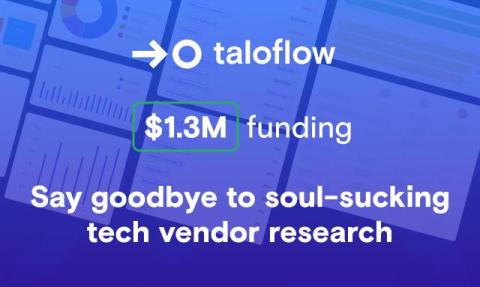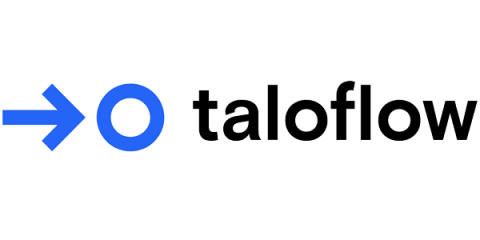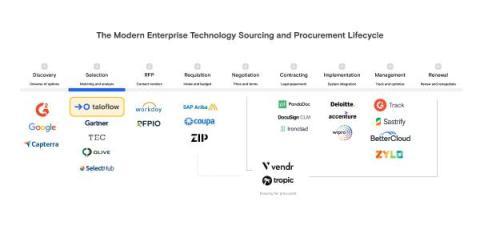Handling LLM Hallucinations: Taking Your LLM Features From Prototype to Production
This is a vendor guest post authored by the team at Lytix. Lytix being discussed on this blog is not an endorsement by Taloflow or an approval by Taloflow of any of the content contained herein. Taloflow is not compensated for this vendor guest post in any way and presents this post for purely informational purposes and the benefit of site users.











